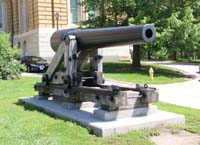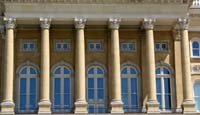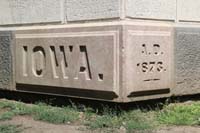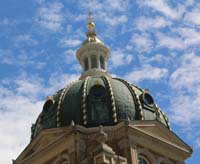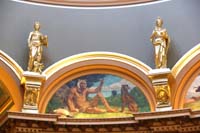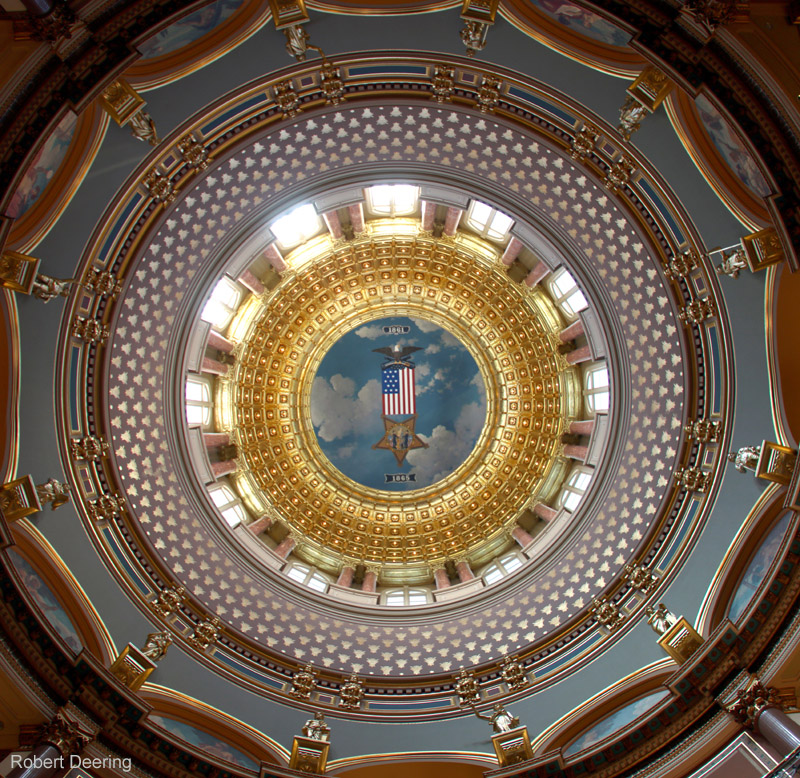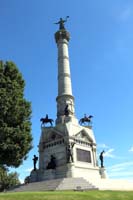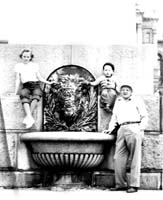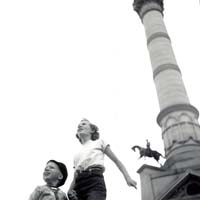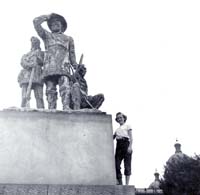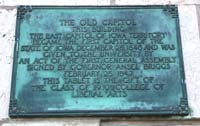|
||||||||||||||||||||||
|
||||||||||||||||||||||
 |
||||||||||||||||||||||
|
Completed:
1842 Architect: John F. Rague Photos: Robert Deering 8/25/2014 |
||||||||||||||||||||||
|
|
||||||||||||||||||||||
|
John F. Rague is credited with designing the Territorial Capitol Building, he had previously designed the 1837 capitol of Illinois and was supervising its construction when he got the commission to design the new Iowa capitol in 1839. He quit the Iowa project after five months, claiming his design was not followed, but the resemblance to the Illinois capitol suggests he strongly influenced the final Iowa design. One surviving 1839 sketch of the proposed capital shows a radically different layout, with two domes and a central tower. The cornerstone of the Old Capitol Building was laid in Iowa City on July 4, 1840. Iowa City served as the third and last territorial capital of Iowa, and the last four territorial legislatures met at the Old Capitol Building until December 28, 1846, when Iowa was admitted into the United States as the 29th state of the union. Iowa City was declared the state capital of Iowa, and the government convened in the Old Capitol Building. The Iowa constitution was crafted in the Old Capitol Building. The first governor of the state of Iowa was inaugurated there, and the first six Iowa general assemblies met in the building. 59 days after being admitted into the union, the state of Iowa passed legislation in the Old Capitol Building authorizing the formation of the state's first public university, the State University of Iowa, which is known today as The University of Iowa. After ten years of housing the government in Iowa City, the state decided to move the state capital to Des Moines, a city located more toward the center of the state. When the state government moved to Des Moines in 1857, the Old Capitol Building became the first permanent building owned by the University of Iowa. |
||||||||||||||||||||||
ADDRESS: 21 N Clinton St, Iowa City, IA 52242 |
||||||||||||||||||||||
|
|
||||||||||||||||||||||
|
||||||||||||||||||||||








